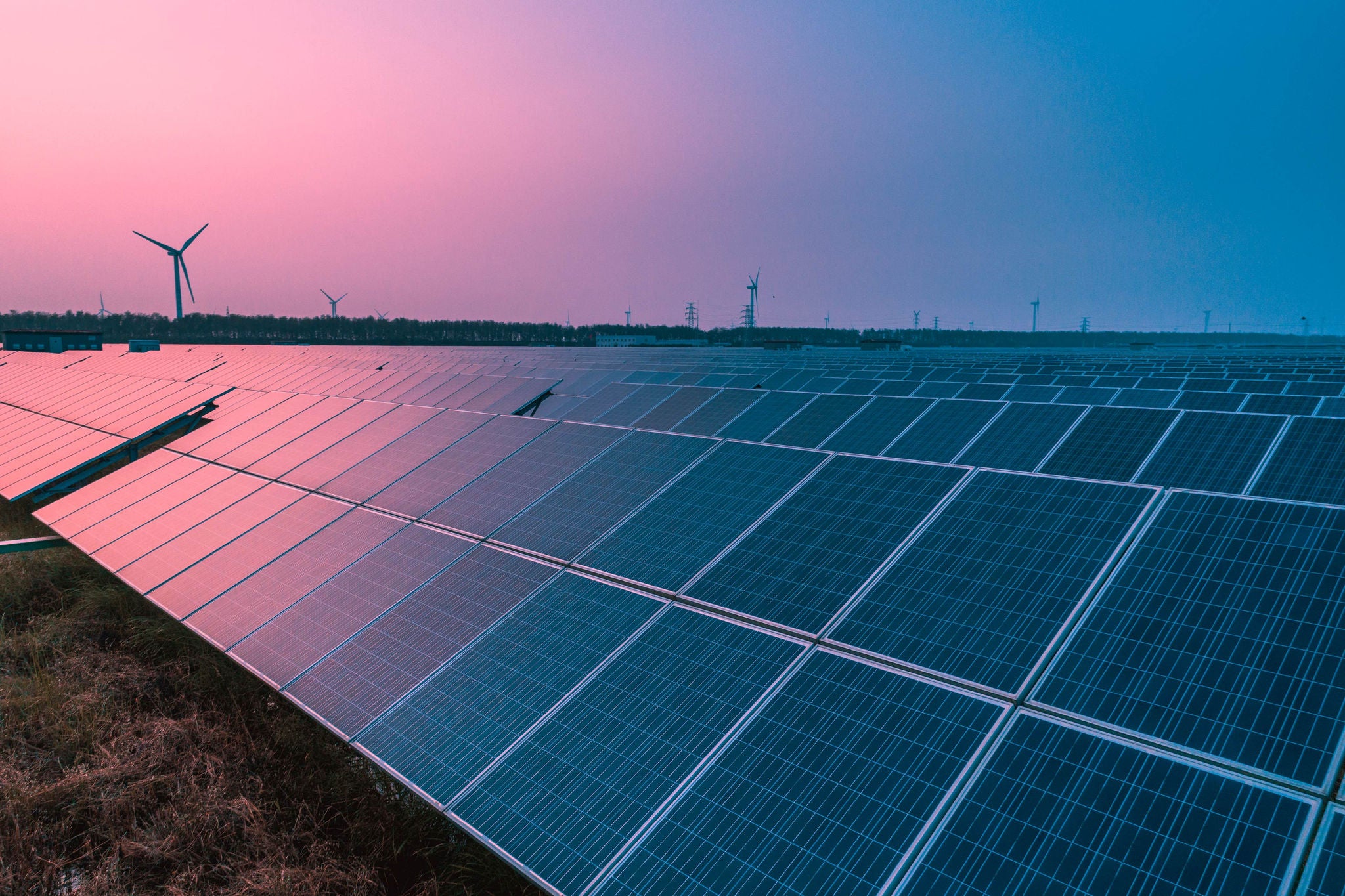EY refers to the global organization, and may refer to one or more, of the member firms of Ernst & Young Global Limited, each of which is a separate legal entity. Ernst & Young Global Limited, a UK company limited by guarantee, does not provide services to clients.

Global investment in renewable energy reached a new record US$1.3t in 2022. However, this amount is considerably lower than the annual target of US$4.5t required until 2030 to limit global warming to 1.5°C above pre-industrial level. The International Energy Agency (IEA) estimates global energy investment in 2023 to reach US$2.8t, with clean energy accounting for a substantial 64% (or US$1.8t) of the total global energy investment, compared to around US$1t on fossil fuel investment over the same period. However, a large proportion of this increase is contributed by advanced economies, highlighting the disparity in global clean energy transition.
In Asia, the shortage in renewable energy investments is prominent, despite the region being a significant contributor to greenhouse gas emissions (GHG). Accordingly, Asia is expected to play a crucial role in tackling climate change, reducing emissions and transitioning to renewable energy.
This study aims to analyze barriers to clean energy financing with a focus on utility-scale solar and wind energy projects in Asia. Funded by a philanthropic foundation, the study focuses on the nine Asian geographies, namely Indonesia, Malaysia, Thailand, the Philippines, Vietnam, Japan, South Korea, Bangladesh and Pakistan. The structure and design of power markets in these geographies provide an essential backdrop for appreciating the status of renewable energy opportunities and challenges in these markets. Given the disparate nature of each market and the unique nuances in the barriers, the recommendations to address the issues will invariably vary.




